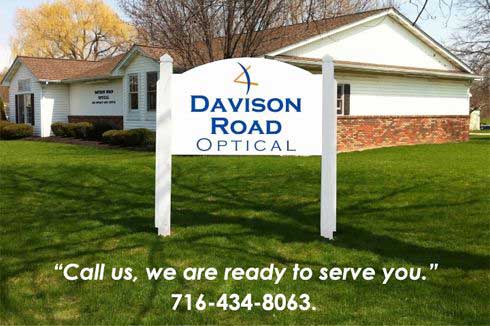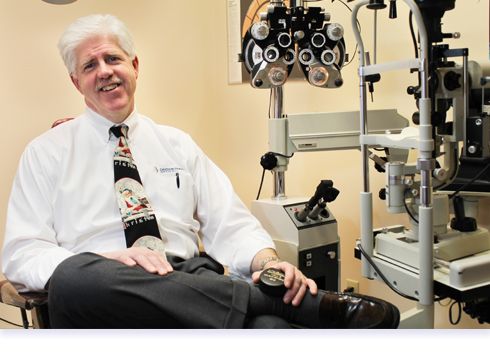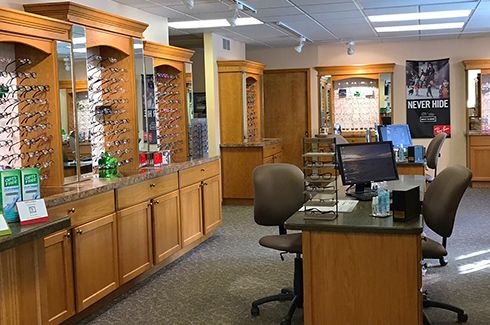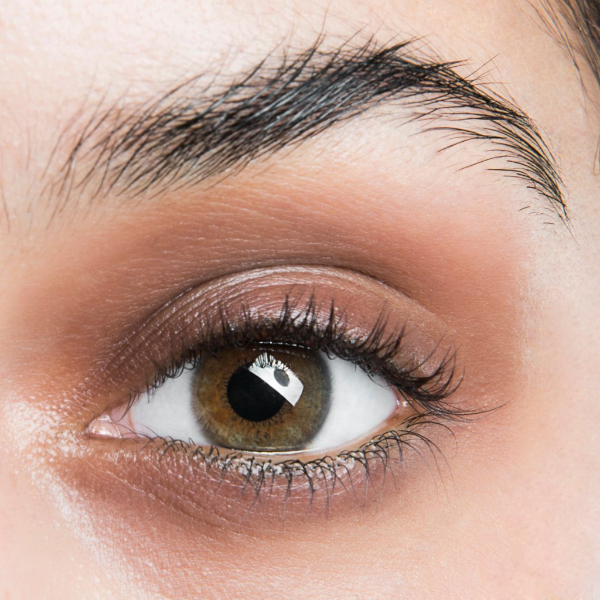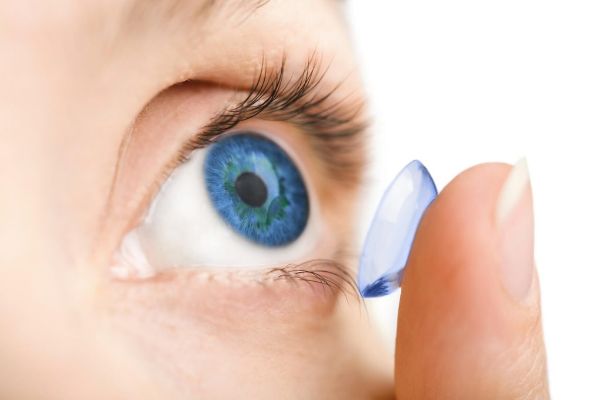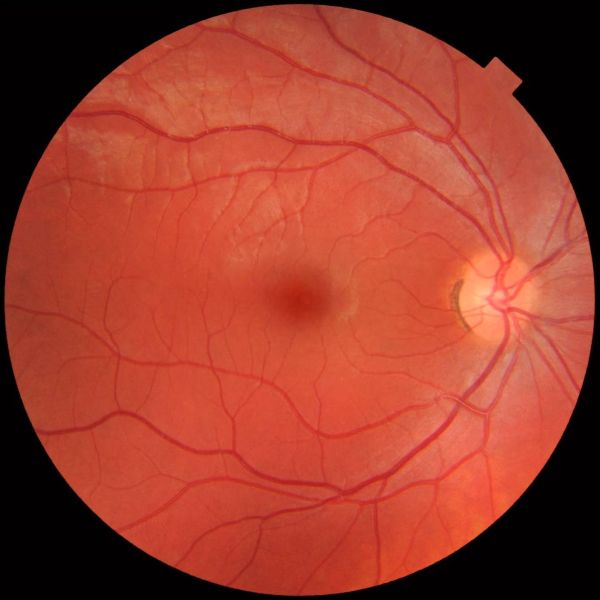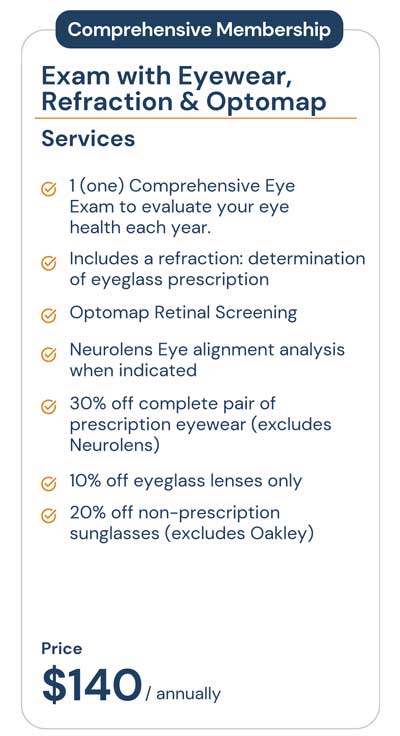Doctor Duane Snyder, OD
Dr. Duane Snyder, born and raised in Berwick, PA, graduated from the University of Scranton in 1980 with a Bachelor of Science, majoring in Biology. Following his undergraduate degree he pursued his doctorate education at the Pennsylvania College of Optometry at Salus University in Philadelphia, PA, where he received his Bachelor of Science in Vision Science in 1981 and his Doctor of Optometry in 1984. Clinical externships in his 4th year of his doctorate training provided a variety of experience in various practice settings. He trained at Kenner Army Hospital, Fort Lee, Virginia and Rosebud Indian Health Service Hospital, Rosebud, South Dakota. Years of experience ranging from an ophthalmology practice to commercial optometry led to practice at Davison Road Optical, Inc. in Lockport, NY, in 2003.

